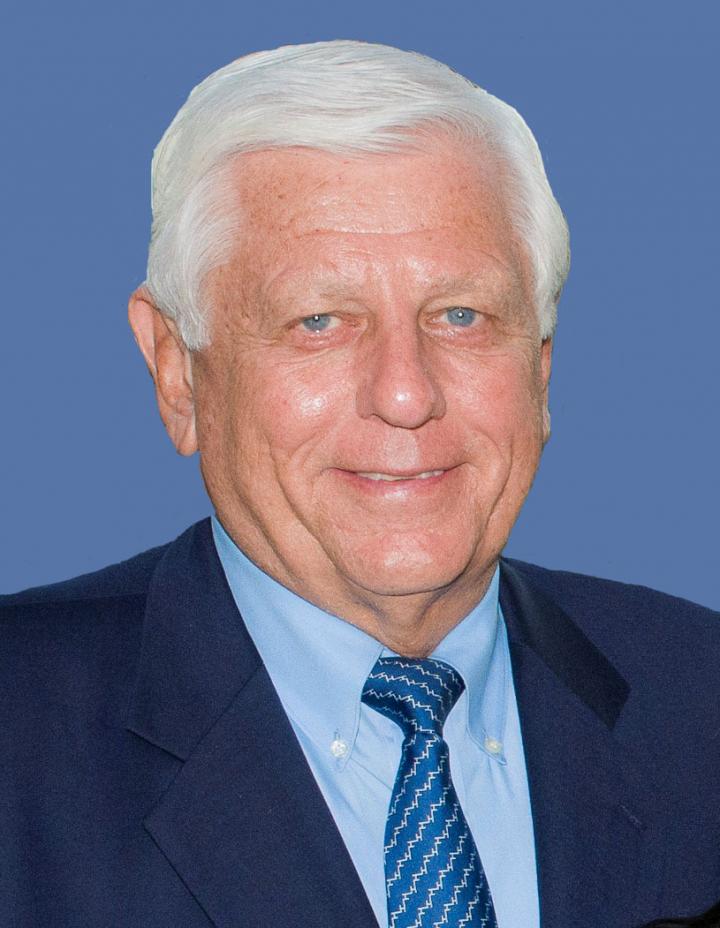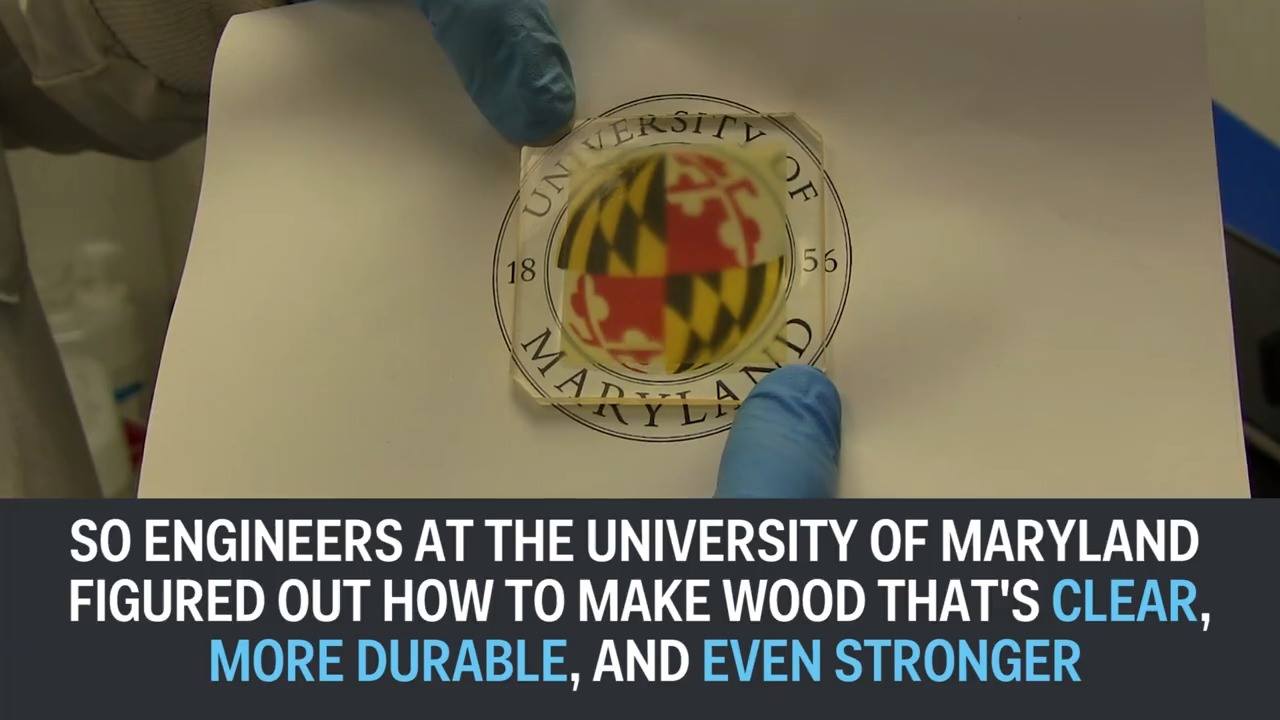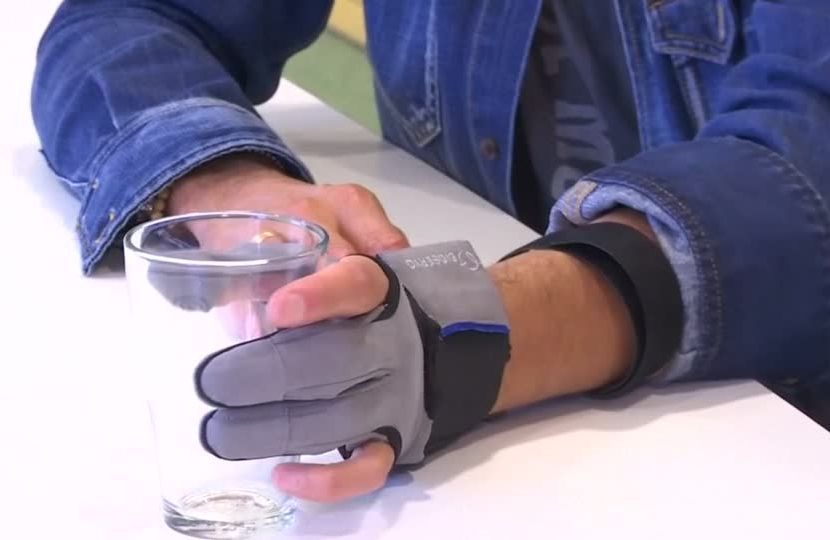Oct 19, 2016
PGC-1α Gene Therapy Slows Alzheimer’s Progression in Mouse Model
Posted by Steve Hill in categories: biotech/medical, chemistry, health, life extension, neuroscience
PCG-1α therapy shows promise in treating age-related decline.
It is always a good idea to look closely at the biochemistry involved in any potential Alzheimer’s disease therapy that shows promise in mouse models. There is perhaps more uncertainty for Alzheimer’s than most other age-related conditions when it comes to the degree to which the models are a useful representation of the disease state in humans — which might go some way towards explaining the promising failures that litter the field. In the research here, the authors are aiming to suppress a step in the generation of amyloid-β, one of the proteins that aggregates in growing amounts and is associated with brain cell death in Alzheimer’s disease. They achieve this goal using gene therapy to increase the level of PGC-1α, which in turn reduces the level of an enzyme involved in the production of amyloid-β. Interestingly, increased levels of PGC-1α have in the past been shown to produce modest life extension in mice, along with some of the beneficial effects to health associated with calorie restriction.
Quote:
Continue reading “PGC-1α Gene Therapy Slows Alzheimer’s Progression in Mouse Model” »

















